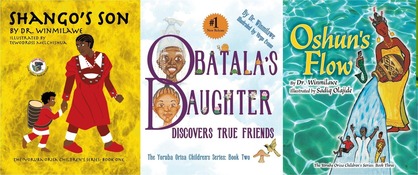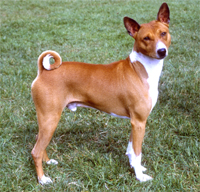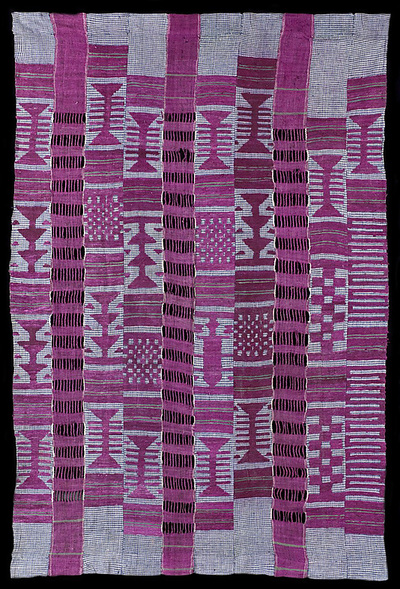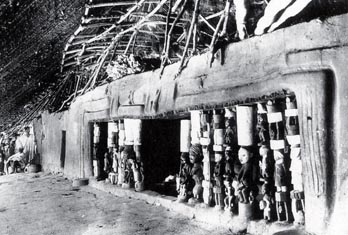Teaching Resources for our books!
On this page you will find: a picture matching game, craft ideas, and a learning standards list.
Of course—see the last pages of each book for story questions, and more activities!
A Memory, Matching or Research Game
These are real life photos taken in or in reference to the Yoruba Nigeria! Such photos inspired the illustrators to create the images. They strove for cultural authenticity. You can learn so much from the details in the illustrations.
Can you find which pages these images match? Can you find real life photos on your own that
may have inspired the illustrators? *The captions arise upon placing your cursor over the photo,
use this feature only after doing the matching game or it may spoil the game!
Of course—see the last pages of each book for story questions, and more activities!
A Memory, Matching or Research Game
These are real life photos taken in or in reference to the Yoruba Nigeria! Such photos inspired the illustrators to create the images. They strove for cultural authenticity. You can learn so much from the details in the illustrations.
Can you find which pages these images match? Can you find real life photos on your own that
may have inspired the illustrators? *The captions arise upon placing your cursor over the photo,
use this feature only after doing the matching game or it may spoil the game!
For more real life pictures, see our Obatala Grove Project!
Craft Ideas
Shango's Son = make a bata drum.
Obatala’s Daughter = make a shekere instrument.
Oshun’s Flow = make an African food bowl/basket.
Search topic online. Please use environmentally friendly supplies as able (i.e. paper instead of plastic).
For more ideas to engage the books see: ‘103 Things To Do With Readings’.
Learning standards that students can address with the books:
Grade Concepts
PK-K5 Identify details and vocabulary. Compare with similar stories.
1 Discuss central message(s). Note words that appeal to the senses.
2-3 Learn about a folktale from a foreign culture. Describe character responses to challenges.
4-5 Analyze text that uses significant mythological characters. Compare traditional literature from diverse cultures.
6 + Example of a historically significant African culture before 1600. Research foundation for learning some “characteristics of culture[s].”
P.S.
School author visit slots are full for this year, live and virtual. I DO encourage anyone—including parents, teachers, and librarians to do live (non-recorded) readings of our books:) Anyone can sell our books anywhere too. We do also intend to have audio books in the future.
Craft Ideas
Shango's Son = make a bata drum.
Obatala’s Daughter = make a shekere instrument.
Oshun’s Flow = make an African food bowl/basket.
Search topic online. Please use environmentally friendly supplies as able (i.e. paper instead of plastic).
For more ideas to engage the books see: ‘103 Things To Do With Readings’.
Learning standards that students can address with the books:
Grade Concepts
PK-K5 Identify details and vocabulary. Compare with similar stories.
1 Discuss central message(s). Note words that appeal to the senses.
2-3 Learn about a folktale from a foreign culture. Describe character responses to challenges.
4-5 Analyze text that uses significant mythological characters. Compare traditional literature from diverse cultures.
6 + Example of a historically significant African culture before 1600. Research foundation for learning some “characteristics of culture[s].”
P.S.
School author visit slots are full for this year, live and virtual. I DO encourage anyone—including parents, teachers, and librarians to do live (non-recorded) readings of our books:) Anyone can sell our books anywhere too. We do also intend to have audio books in the future.






